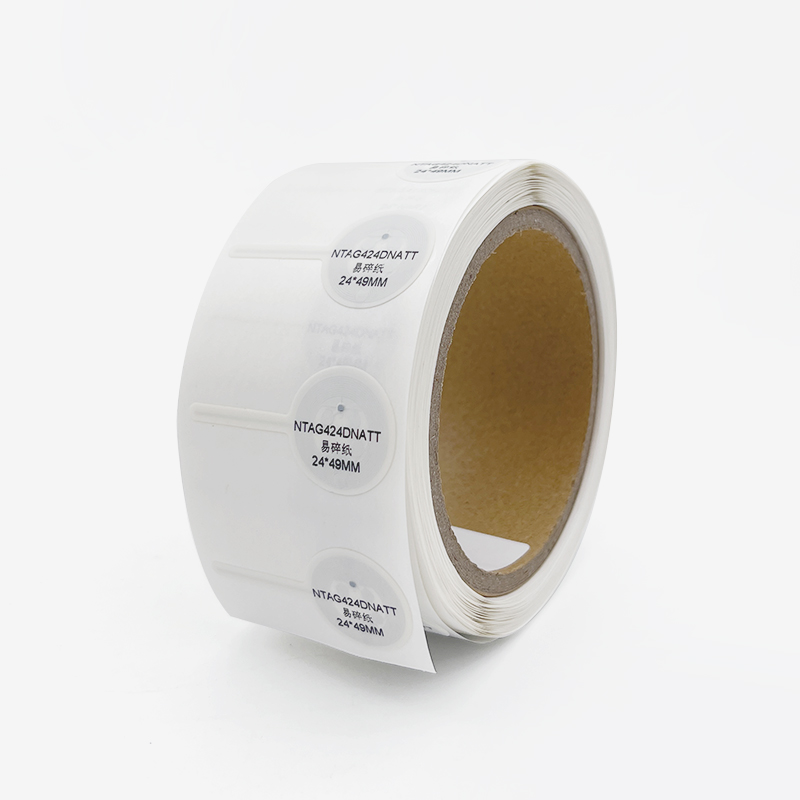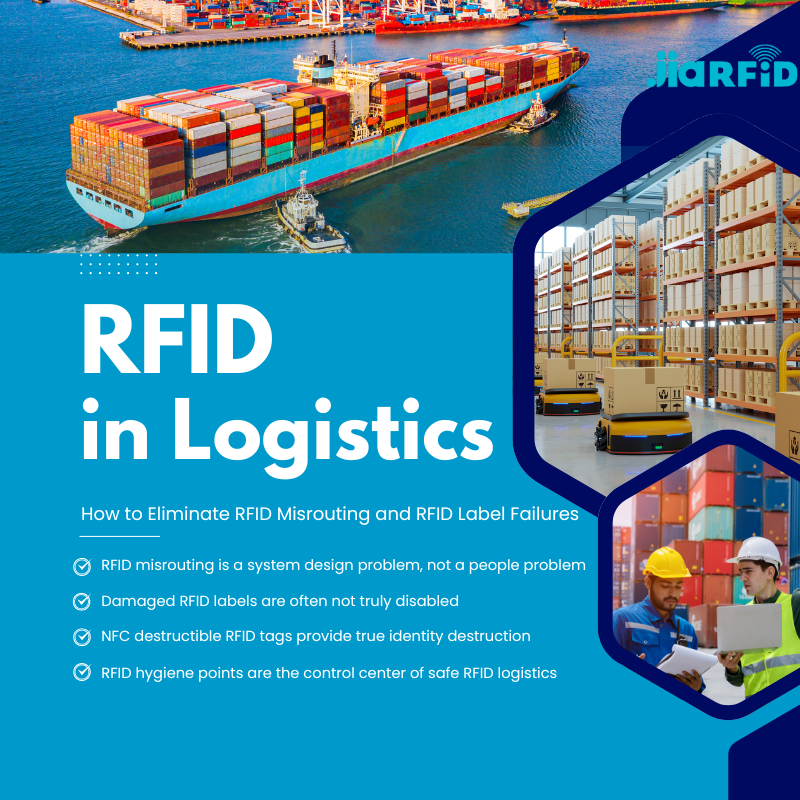
What is Asset Tracking? How It Works?
Table of Contents
How Asset Tracking Revolutionizes Asset Management
This guide dives into the tools, benefits, and strategies behind modern asset tracking solutions, helping you optimize performance and minimize losses. Whether you’re managing a fleet of vehicles, tracking inventory, or monitoring digital assets, this article covers everything you need to know to get started.
What is Asset Tracking and Why Does it Matter?
Asset tracking monitors physical and digital assets to ensure efficient utilization, prevent losses, and maintain visibility. Businesses can collect asset data in real-time using tools such as asset tracking software and hardware like RFID tags or GPS devices.
For example, a company can use asset tracking to monitor the movement of vehicles, inventory, or IT equipment. This practice is crucial in today’s competitive landscape, where effective asset management directly impacts operational success.
The Benefits of Asset Tracking
Asset tracking helps businesses in numerous ways:
- Enhanced Visibility: Knowing the exact location of each asset improves asset utilization and prevents losses.
- Improved Accuracy: By automating processes, companies reduce asset inventory and management errors.
- Cost Savings: Effective asset tracking reduces unnecessary purchases and operating costs.
- Compliance: Many industries require detailed asset information for audits or regulatory compliance.
“Good asset management is about more than just tracking assets; it’s about optimizing their performance and lifecycle.”
How Does an Asset Tracking System Work?
An asset tracking system uses software, tags, and sensors to monitor and record the movement and status of assets. Here’s how it works:
- Tagging Assets: Each physical asset has an RFID tag, GPS tracker, or BLE beacon.
- Data Collection: Tags communicate with asset tracking software to provide updates on location, condition, and usage.
- Analysis: The data is analyzed to provide insights into asset performance and improve decision-making.
This tracking solution streamlines operations, making it easier to manage assets efficiently.
Choosing the Right Asset Tracking Solution
To choose the right asset tracking system, consider these factors:
- Type of Assets: Are you tracking vehicles, equipment, or digital assets?
- Tracking Technology: RFID tags, GPS devices, or cloud-based solutions?
- Scalability: Can the system grow with your business?
- Integration: Does the software integrate with existing systems like inventory management tools?
Selecting the right system ensures your asset tracking needs are met effectively.
What Technologies are Used in Asset Tracking?
Modern asset tracking technologies include:
- RFID Tags: These allow for automated and precise tracking of assets.
- GPS Asset Tracking Devices: Ideal for real-time monitoring vehicles or movable assets.
- Cloud-Based Software: Centralizes asset data for easy access and analysis.
- BLE Beacons: Useful for indoor tracking where GPS may not work effectively.
Each technology serves specific purposes, and businesses can combine them for a comprehensive asset-tracking solution.
How GPS Asset Tracking Enhances Visibility
GPS asset tracking uses satellite systems to provide real-time location updates for assets. This technology is beneficial for:
- Monitoring fleet vehicles.
- Preventing theft by tracking stolen items.
- Ensuring timely deliveries by optimizing routes.
With GPS tracking devices, businesses gain unparalleled asset visibility, enabling better decision-making.
The Role of RFID Tags in Asset Tracking
RFID tags are a cornerstone of effective asset-tracking systems. They provide accurate and automated data without the need for manual input.
Advantages of RFID Tags:
- Automation: Assets can be tracked without physical scanning.
- Durability: Tags are resilient to harsh environments.
- Cost-Effective: Long-term use reduces operational costs.
RFID technology is precious for industries like healthcare, logistics, and retail.
Implementing Asset Tracking for Businesses
Implementing asset tracking involves several steps:
- Assessment: Identify what assets need tracking and why.
- Hardware Selection: Choose appropriate tags, devices, and sensors.
- Software Integration: Ensure the system integrates with tools like asset management software.
- Training: Educate staff on using the system effectively.
By following these steps, businesses can achieve effective asset management and improve operations.
Challenges in Asset Tracking and How to Overcome Them
While asset tracking is beneficial, it comes with challenges:
- High Initial Costs: Setting up solutions like RFID or GPS can be expensive.
- Data Overload: Managing large volumes of asset information can be overwhelming.
- Interference: RFID tags may face performance issues near metal or water.
To overcome these, businesses should:
- Start small and scale gradually.
- Use cloud-based systems for asset tracking software solutions.
- Regularly maintain and update tracking devices.
Future Trends in Asset Tracking Technologies
The global asset tracking market is evolving rapidly, with trends such as:
- IoT Integration: Connecting assets to the Internet of Things for smarter tracking.
- AI and Machine Learning: Predicting asset failures and optimizing performance.
- Sustainable Tags: Development of eco-friendly RFID tags and sensors.
These innovations are set to redefine asset management solutions, making tracking more efficient and accessible.
FAQs
What is asset tracking?
Asset tracking monitors physical or digital assets using tools like RFID tags, GPS devices, and software.
How does asset tracking help businesses?
Asset tracking helps businesses improve visibility, reduce losses, enhance accuracy, and optimize operational costs.
What is the role of RFID tags in asset tracking?
RFID tags automate tracking processes, providing accurate and real-time data on asset location and usage.
How can I choose the right asset-tracking solution?
Consider the type of assets, required technology, scalability, and integration with existing systems.
What are the challenges of asset tracking?
Challenges include high costs, data management issues, and potential interference with tags or devices.
Comments
Hot Products

RFID in Logistics: How to Eliminate RFID Misrouting and RFID Label Failures
RFID in logistics is more than just a tool to speed up processes. It has become a key part of how modern supply chains operate.

What Is RFID Waste Management
Imagine a city where every trash bin speaks — not literally — but through a tiny chip that tells the system when it’s full, when it’s emptied, and where it went. That’s what RFID waste management is doing today.

What are Bolt Seals and their Applications? | Complete Guide
In global trade and logistics, bolt seals play a crucial role in ensuring cargo security and compliance. These small but powerful devices are designed to lock shipping containers, trailers, and cargo doors with a tamper-evident mechanism.

What is an RFID Card Protector? Benefits, Use Cases, and Buying Guide
RFID technology (Radio Frequency Identification) is everywhere: in your credit cards, ID badges, transit passes, hotel room keys, and more. It offers speed and convenience, but it also opens the door to a new kind of digital theft called “skimming.” That’s where an RFID card protector comes in.

RFID Wristbands for Events: Bulk Buying Guide for Organizers
RFID wristbands for events are becoming the go-to solution for organizers who need faster entry, fraud prevention, and cashless payments at concerts, festivals, and sports venues. Unlike paper tickets or QR codes, these smart wristbands use embedded chips to streamline access, secure transactions, and improve the guest experience.

How RFID Tag on Windscreen Improves Vehicle Access Control and Toll Systems
In today’s fast-paced world, vehicle identification needs to be quick, secure, and contactless. An RFID Tag on the Windscreen provides exactly that — a reliable way to manage toll collection, parking, and gated access without stopping vehicles.
Tags
RELATED BLOGS

RFID in Logistics: How to Eliminate RFID Misrouting and RFID Label Failures
RFID in logistics is more than just a tool to speed up processes. It has become a key part of how modern supply chains operate.

What Is RFID Waste Management
Imagine a city where every trash bin speaks — not literally — but through a tiny chip that tells the system when it’s full, when it’s emptied, and where it went. That’s what RFID waste management is doing today.

What are Bolt Seals and their Applications? | Complete Guide
In global trade and logistics, bolt seals play a crucial role in ensuring cargo security and compliance. These small but powerful devices are designed to lock shipping containers, trailers, and cargo doors with a tamper-evident mechanism.




